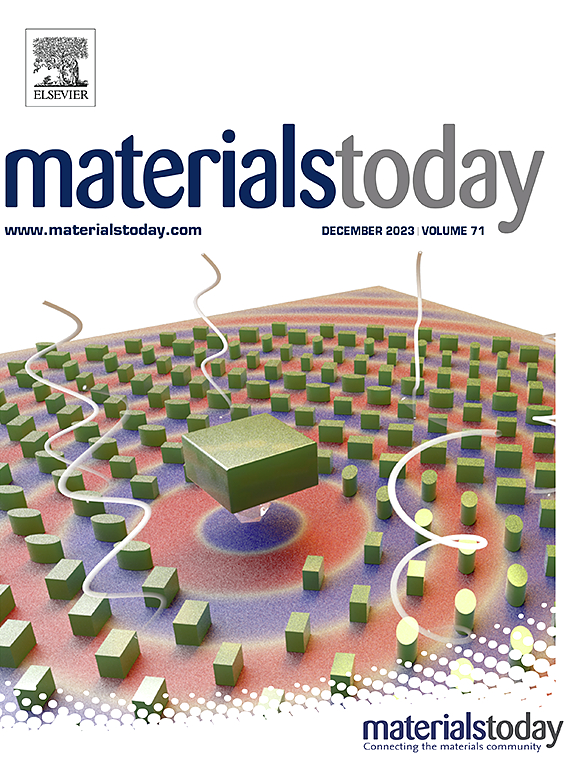ZnO nanowire UV photodetectors: At the intersection of flexibility, biocompatibility, and visible blindness
IF 21.1
1区 材料科学
Q1 MATERIALS SCIENCE, MULTIDISCIPLINARY
引用次数: 0
Abstract
Zinc oxide nanowires (ZnO NWs) and other ZnO-based nanocrystals are used in ultraviolet (UV) photodetection because of their mechanical flexibility, high UV sensitivity, and inherent biocompatibility. This review primarily focuses on recent advances in integrating ZnO NWs into UV photodetectors, while also providing a general overview of other ZnO morphologies. Special attention is given to biocompatible devices, with an emphasis on optimizing their physical and electronic properties to enhance performance under varying environmental conditions. Special emphasis is placed on novel composite structures, in which ZnO NWs are combined with flexible substrates and biocompatible materials for use in wearable health monitoring and real-time environmental sensing devices. The review also explores the combination of ZnO with other materials for better photodetector performance in the UV spectrum. Looking forward, we highlight the potential of self-powered and smart UV photodetectors integrated with Internet of Things (IoT) devices, which could revolutionize environmental monitoring and public health by providing seamless, real-time analytical capabilities.

求助全文
约1分钟内获得全文
求助全文
来源期刊

Materials Today
工程技术-材料科学:综合
CiteScore
36.30
自引率
1.20%
发文量
237
审稿时长
23 days
期刊介绍:
Materials Today is the leading journal in the Materials Today family, focusing on the latest and most impactful work in the materials science community. With a reputation for excellence in news and reviews, the journal has now expanded its coverage to include original research and aims to be at the forefront of the field.
We welcome comprehensive articles, short communications, and review articles from established leaders in the rapidly evolving fields of materials science and related disciplines. We strive to provide authors with rigorous peer review, fast publication, and maximum exposure for their work. While we only accept the most significant manuscripts, our speedy evaluation process ensures that there are no unnecessary publication delays.
 求助内容:
求助内容: 应助结果提醒方式:
应助结果提醒方式:


